Felicitas von Lutzau
Voyager
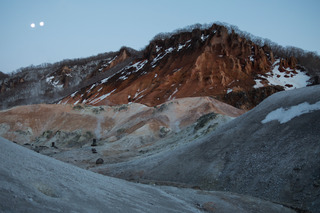
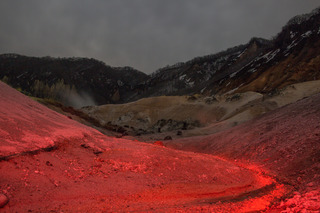
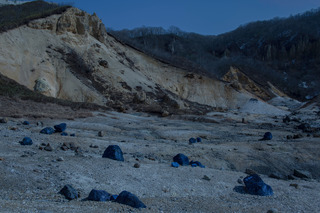
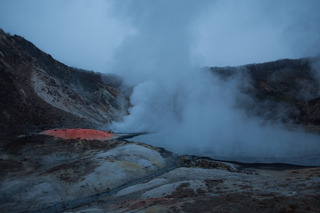
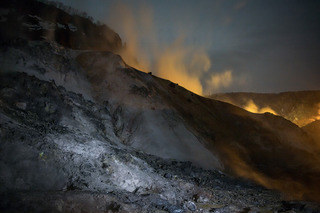
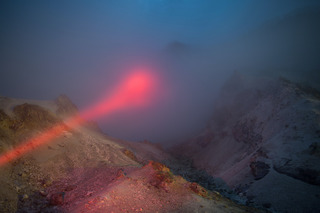
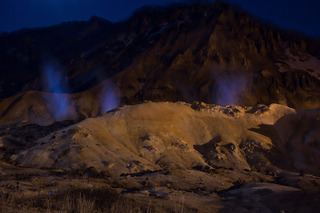
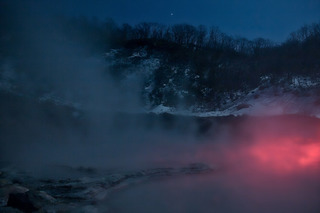
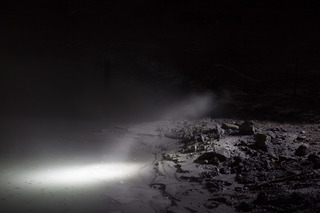
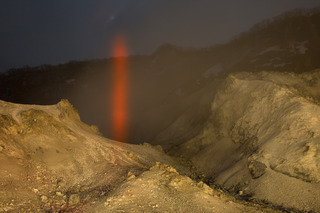
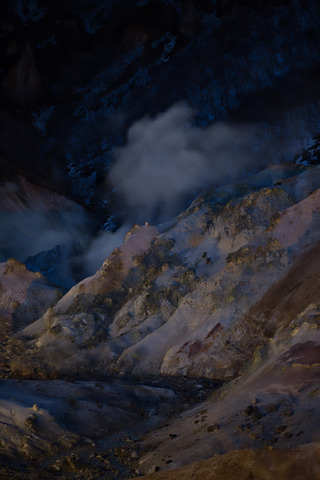
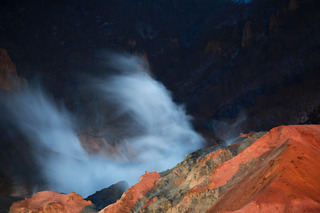
Voyager
2018
120cm x 80cm
Inkjet-Print on Alu Dibond in Black Frame
NO MAN’S LAND
Paul Klee, good friend of Kandinsky, once remarked, “If you want to understand a painting,
you need a chair.” The idea was that the artwork needed to become animated, not you.
Felicitas von Lutzau might suggest a different aphorism: “To understand a photograph of a
landscape, you have to be able to imagine it.” Another useful tool is a window. Something
has to stop the sky from climbing, the hillsides from expanding beyond peripheral vision, the
ground to step on needs to cease moving. Klee’s chair by the window wouldn’t hurt either.
In Von Lutzau’s world, the fire of light ignites our imagination, almost as a decoy to fool our
sense of scale and distance. And given that she places us into landscapes with no first or last
names, other than Hokkaido, Japan, her most recent iteration along a pathway that once
included headlights projecting out of nowhere across ponds like light bridges, we are free to
remain clueless, just as our eyes would have hoped, no literary backpack to tether us to
known entities, no guide book to check off the next astonishment from the bucket list.
For this is a kind of “land-escape” into transcendence. As she writes: “Transcendence is a state
mind and a phenomenon that provides an experience you cannot describe. It is about our
basic understanding of space and time and the possibility that there may be other
dimensions outside our human and physical perception.”
In American photography, when the subject of landscape photography is raised, a number
of dead men stand up in the audience, including but not limited to Carleton E. Watkins,
Ansel Adams, and Edward Weston. From a worldview, Marc Ferrez of Brazil, Roger Fenton
of Great Britain, and Albert Renger-Patzsch of Germany come to mind. All guys again, no
woman out there raising a hand or waving a flashlight!
Arno Rafael Minkkinen
JavaScript is turned off.
Please enable JavaScript to view this site properly.